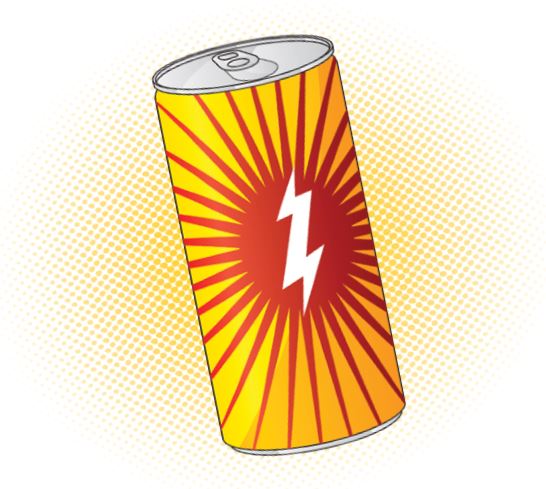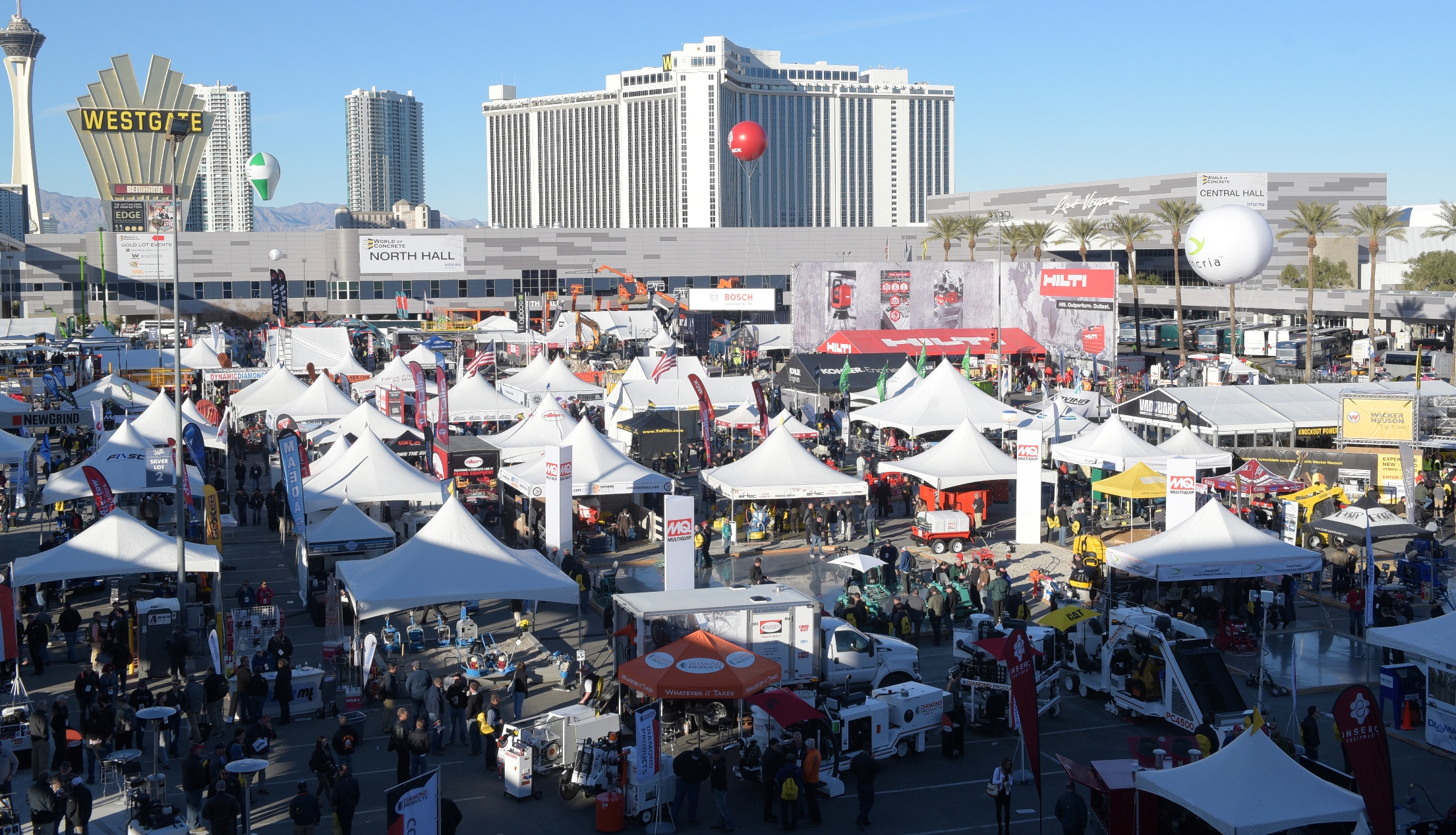
The Dangers of Energy Drinks

A person can rarely turn on the TV, listen to the radio or flip through a magazine these days without seeing an advertisement for an energy drink. Some of the more recognizable brands include Monster, Rockstar, 5-Hour Energy and Red Bull. These drinks are often marketed towards teenagers and college students, but are often used by adults in order to get an extra “jolt” of energy needed to get through the workday. Concrete cutting, scanning, polishing and demolition operators are no exception. Operators often work long hours, and may start a shift early in the morning or work late into the night. Because these drinks offer a quick shot of energy, many operators will be tempted to forgo their usual coffee and grab an energy drink for a long day of work.
The problem lies with what the energy drink contains. The obvious ingredient is caffeine, offering that boost of energy. However, other ingredients are also present, including taurine, guarana (both stimulants) and B vitamins. The boost of energy you receive when consuming an energy drink comes from this combination of stimulants.
A typical cup of coffee brewed at home or at work contains about 100mg of caffeine. A cup of Starbucks coffee has about 165mg of caffeine. According to Consumer Reports, safe limits of caffeine are up to 400mg per day for healthy adults, 200mg a day for pregnant women and up to 45-85mg per day for children, depending on weight. So if you consume more than 4 regular cups of coffee per day, you are at or over your limit. A recent test by Consumer Reports found that:
- 5-Hour Energy contains 215mg of caffeine per serving
- 5-Hour Energy Extra Strength contains 242mg of caffeine per serving
- Monster Energy contains 92mg of caffeine per serving (2 servings per drink)
- Rockstar Energy contains 80mg of caffeine per serving (2 servings per drink)
- Rockstar Energy Shot contains 229mg of caffeine per serving
- Red Bull Energy Drink contains 80mg of caffeine per serving
High doses of caffeine and other stimulants can result in restlessness, nervousness, insomnia and tremors. High doses can also trigger seizures and heart arrhythmias (unstable heart rhythms). All of these symptoms have been reported in cases of patient hospitalization following the consumption of an energy drink. Unfortunately, some of these hospitalizations have lead to permanent disability or even death.
From 2007 to 2011, it is estimated that the number of emergency room visits involving energy drinks increased from about 10,000 to more than 20,000. Most of those cases involved teens and young adults. Concerns over energy drinks have intensified following reports in the fall of 2012 of 18 deaths possibly tied to the drinks – including a 14-year old Maryland girl who died after drinking two large cans of Monster Energy drinks. Concern is high enough that two senators are calling for the Food and Drug Administration to investigate safety concerns about energy drinks and their ingredients.
Although energy drinks represent only a small part of the carbonated beverage market, about 3.3 percent of sales volume, the growth of energy drink sales is quickly casting a shadow over the declining sales of soda. In 2011, sales volume for energy drinks rose by almost 17 percent, with the top three companies – Monster, Red Bull and Rockstar- showing double-digit gains. However, as sales rise, so do reports of adverse events suffered by people who use the products. Some of these events include:
- Death due to heart attack or suicide linked to 5-Hour Energy
- A miscarriage linked to 5-Hour Energy
- Convulsions, life-threatening fear, deafness and hemorrhage linked to 5-Hour Energy
- Deaths due to heart attack or loss of consciousness linked to Monster Energy
- Hospitalization due to irregular heartbeat, severe diarrhea, migraine, psychotic disorder, heart attack and/or vomiting linked to Monster Energy
- Disability from irregular heartbeat or stroke linked to Rockstar Energy
- Hospitalization due to psychotic disorder, increased heart rate or loss of consciousness linked to Rockstar Energy
These adverse events were filed by patients, families or doctors and simply warn that the products may have harmed someone – but they do not prove that the product caused harm. Often, energy drinks are a contributing factor in an adverse event, where other factors including physical activity, heat, nutrition and age may also play a role.
I can speak from personal experience on this topic. About 10 years ago, I was working as an athletic trainer for a high school in Florida. I was covering pre-season afternoon football practice during August, when highs rose into the 90s and the heat index was over 100 degrees. One of the JV football players collapsed at the end of practice during conditioning drills. I immediately recognized the signs of heat stroke and called 911. (For more information on heat stroke and other heat-related illnesses, please refer to Preventing Heat Illness in the June 2010 issue of Concrete Openings.) The athlete was transported to the hospital, where we found out his core temperature had reached 106 degrees – a nearly lethal temperature. Gradually, his core temperature lowered and thankfully he suffered no long-term damage to his body, thanks to the efforts of the hospital staff and my actions on the football field. However, he was in the hospital for three days and was not able to return to the football team that season.
I later discovered that this athlete had not eaten lunch that day, and before practice had consumed a bag of Skittles and a Monster energy drink. The lack of “real” food and dehydration, combined with the added sugar from the candy, caffeine and other stimulants from the energy drink and the extreme heat conditions during football practice most likely combined to cause him to have a heat stroke and ultimately, endangered his life. While the energy drink was not the sole cause of this adverse event, it was most defiantly a contributing factor.
Concrete sawing, scanning, polishing and demolition operators can be subjected to similar conditions while working outside or in a confined environment. Heat, sun, dehydration, poor diet and the consumption of energy drinks can combine to create a deadly situation. It is important to recognize the dangers of energy drinks and consume them responsibly, if at all. While cases of adverse events have been reported primarily in teenagers and young adults, anyone is at risk, especially when contributing factors are involved.













